Reading Chart Templates
The following reading chart templates will encourage kids to read more books. Please scroll down the page until you find the perfect chart for your needs.
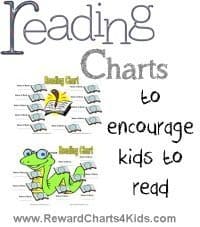
Reading Log for Kids
Kindergarten Reading Log
Free printable reading logs for kindergarten in color and in black and white.
This kindergarten reading log printable records up to 8 stories (for younger kids or children who have just started reading).
These reading logs are for younger kids who still read stories (not books). If you encourage younger kids to read stories chances are they will want to read more books when they are older.
Reading reward chart for 10 stories (with a prize for completing the stories).
Children’s reading log for 10 stories (with no prize)
This free reading log is for 20 stories (with no prize for completing the books).
This reading chart printable is for 20 stories (with a prize for completing the stories).
Elementary reading log
1st Grade Reading Log
This free printable reading log records up to 10 stories (for younger kids or children who have just started reading).
2nd Grade Reading Log
This free printable reading log template for kids records up to 10 books.
This book reading chart for kids records up to 8 books.
Reading book log printable for 10 books (with no prize for completing the books).
Reading sticker chart for 10 books (with a prize for completing the books).
3rd Grade Reading Log
4th Grade Reading Log
5th Grade Reading Log
Middle School Reading Log
Chart for 20 books (with no prize for completing the books).
The following middle school reading charts are available in Word format so you can edit them if you want to make any changes.
6th Grade Reading Log
7th Grade Reading Log
Weekly Reading Log
This weekly chart is from Monday to Friday. However, if you want to include the weekend to practice or catch up then use the Word version and add two lines.
See Reading Rewards to encourage and motivate kids to read.
If there are any more free printable reading incentive charts that you would like us to add to this collection, then please leave a comment below.
There is no need to go into the benefits of reading. Everyone understands the importance. However, many teachers and parents are constantly looking for ways to get their kids and students to read more. Today, kids spend way too much time in front of screens and not enough time reading.
One of the ways people find they can encourage kids to read is by using reading charts. These charts track the number or pages or the time spent reading.
How to Use the Reading Charts
Let students choose what they want to read
When they choose what they want to read they will spend more time reading and it won’t be considered a “punishment”. Some kids will probably choose only comics. Some teachers, do not consider comics reading whereas others claim that it is better than nothing and it will also help their reading skills.
Offer an award or incentive
Offer some reward when kids read 10 or 20 books. Some of our charts have a section to add this reward. This will motivate them to read more. This reward can be no homework for a day, a treat, or anything else that will motivate them.
Ask students to write a note each time they read
This note can include a new word they added to their vocabulary, something interesting about the book, something they didn’t like about the book, etc. The idea is to get them thinking about what they read.
When they finish reading a book ask them for their opinion. They can write either what they liked about the story or what they didn’t like or both.
Don’t make the written tasks overwhelming
The idea is to get the kids to read and to enjoy reading so don’t ask them too many questions. We really want them to develop good reading habits and a big part of that is to make them want to read and to actually enjoy it.
Let kids read at their own pace
Do not dictate how many pages each child has to read unless you see some kids are taking advantage of this. One child might read 20 pages in the allotted time whereas another reads 10 pages only. Try to let them read at their own pace.
Keep all the reading charts in a binder
When you keep all the charts you will show the progress that they might not see when they don’t check all their old charts. When they look back and see how much they read they will feel proud and get a feeling of accomplishment.
Ask them to make a note if they enjoyed the book or not
This will show them which books they enjoyed and will help them choose similar books in the future. We want them to choose books they enjoy so they keep on reading.
 How to get kids to read
How to get kids to read
9 ways to get children to read
9 fun and original ways to get your kids to read and have fun while doing so!
1. Find fun activities related to books.
Let your child write the end of the story. Once your child has read the beginning of a book for the first time ask him to tell you the rest of the story the way he would like it to play out. If he is old enough he can write it down and even add his own pictures. When he has finished he can read it to you. After that, he can read the original book to see how the author chose to complete the story.
Make a play about the book – Once your children have read a book, encourage them to make a play about it. They can invite over some friends if they want/need additional actors. Give them ideas to make props, create their own invitations, and even entrance tickets. Once they have completed rehearsals, you can invite some people (such as grandparents or the friends’ parents) over to watch the play. Don’t forget to applaud and tell them how wonderful they are! You can also take a home video of the play and transfer it to a DVD. Buy a DVD sticker on which you can write the name of the play, the name of the actors and you can even add their photo. Your kids will be so proud to have their own DVD. It is a great thing to keep and watch in a few years (assuming we are able to watch DVD’s in a few years! Try listening to a cassette or record today 🙂 ).
Make an art project related to a book your kids just read. There are thousands of ideas for art projects online for young and older kids. Find one related to the book that you would like to make.
Visit a place related to the book – For example, if your child reads the book “Charlie and the Chocolate Factory” maybe you could visit a chocolate factory (many factories have a visitor’s center for kids). If your child reads a book about animals, you could visit the zoo.
Ask your child to draw a picture about the book and have it framed to hang in her room.
Make your own dictionary – buy a phone book for your child. Each time she encounters a word that she is not familiar with, she can write the word and the meaning in her phone book (after either asking you the meaning or preferably looking it up). Writing the meaning of a world often helps to remember it. When she looks back she will see just how many words she has added to her vocabulary! It is also helpful when she forgets the meaning of a word she has previously looked up. This is a great tool for kids reading in a second language.
Make bookmarks that will be fun to use. There are thousands of ideas online if you need inspiration!
Find related printables online. There are many websites that offer fun printable activities related to certain books.
2. Use reading charts and set reading goals.
Use a reading chart (see above) to keep track of reading progress and motivate your children. The reward can be extra screen time, a fun activity, or enabling your child to go to sleep later on a weekend. If you are not on a tight budget, educational games are a great reward. There are many games that are both fun and really educational. The more they read, the more prizes they can earn! You can also set up a point system. Each book is worth a certain number of stickers on the book chart (it could be one it could be more depending on length and difficulty). The more points they earn, the bigger the prize that they can get. They can either “spend” their points on a smaller prize or save up for a bigger prize! For example, once they complete an entire book chart they can get a smaller prize but if they complete two book charts then they can get a bigger prize. This will reward them for reading and teach them to save. We offer free printable “Book Bucks” with a table that shows kids what their prize will be for earning book bucks (depending on how many they earn).
3. Set up a comfortable reading spot.
Some spots look so comfy you just want to curl up with a good book. Try to arrange a similar spot for your child. It can be a comfortable sofa, chair, or even just cushions on the floor.
4. Set a good example.
If your children see you reading often they will understand that books should be a part of their life too!
5. Make regular trips to the library.
Make this a family activity. Read stories together there and take books home for each family member. It’s a fun and cheap way to spend time together and everyone enjoys it. It also sets a good example!
6. Help kids find an author that they love or books about a topic they are interested in.
Often, there are specific books or authors that kids love, but you might need to help them find them. Once they do, they might be hooked!
7. Discuss the books
Ask your child to tell you about the book she read once she completes it. Ask her questions. Try to ask both simple questions, open-ended questions, and more complex ones that make her think about the meaning of the book and the moral of the story.
8. Movies
If your kids are addicted to TV and hate reading why not get them a foreign movie with subtitles? If they want to watch, they will have to read! In time they will significantly improve the speed of their reading.
9. Start slowly for those you have difficulty reading.
If reading an entire book seems overwhelming, then you can ask them to read a few pages or a chapter. Setting small goals sometimes enables children to accomplish more than bigger goals that just make them give up quickly.

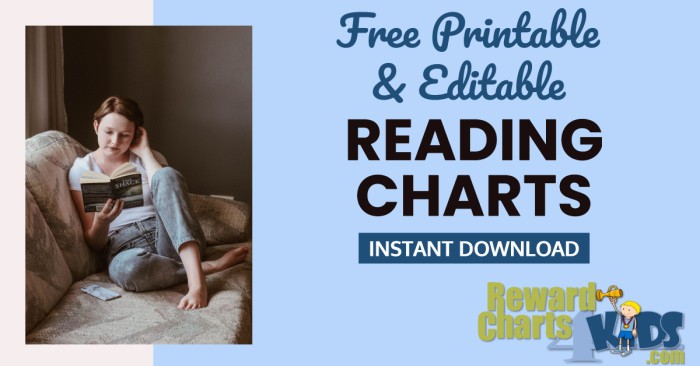
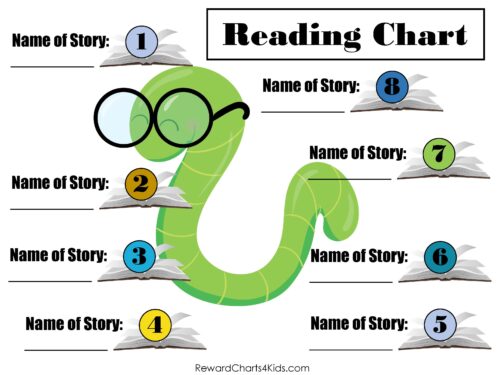
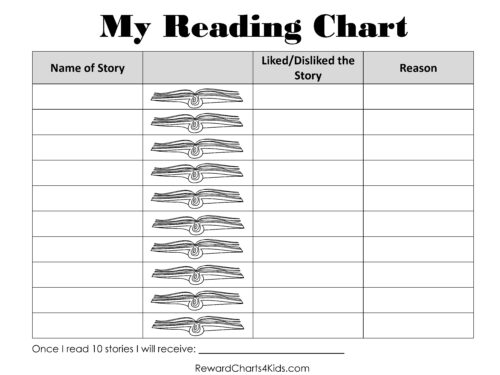
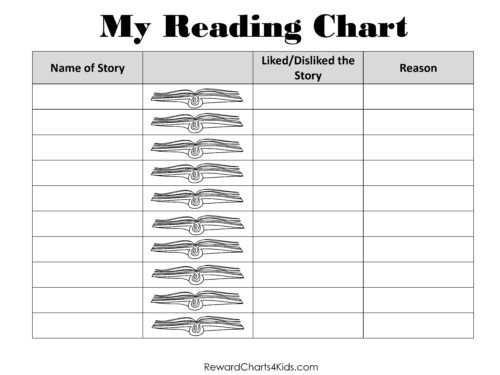
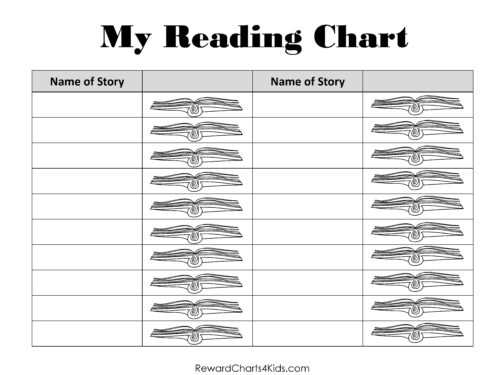
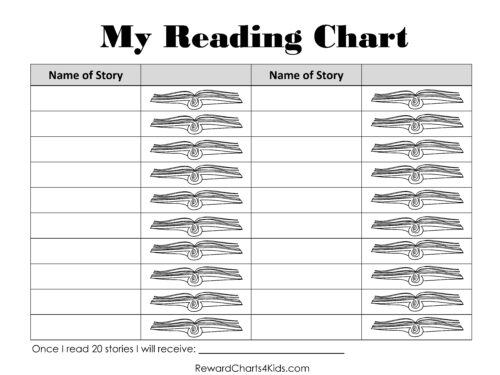
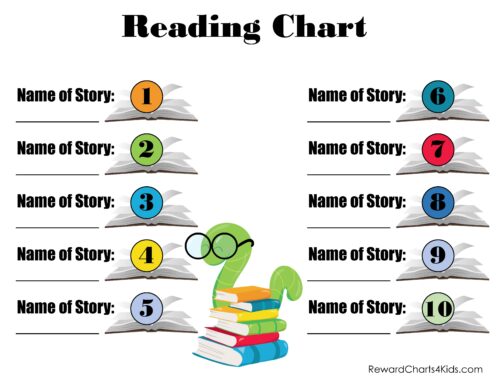
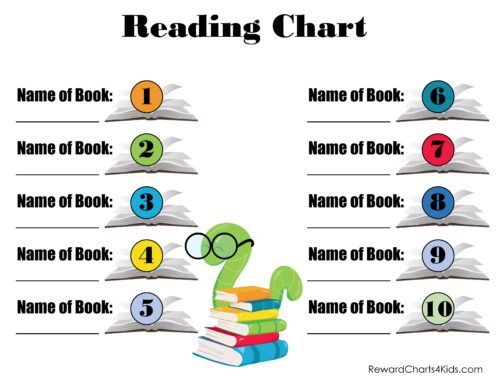
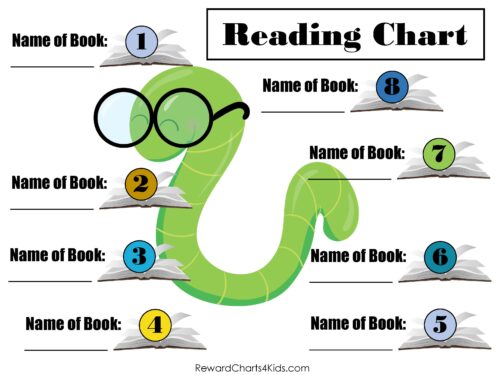
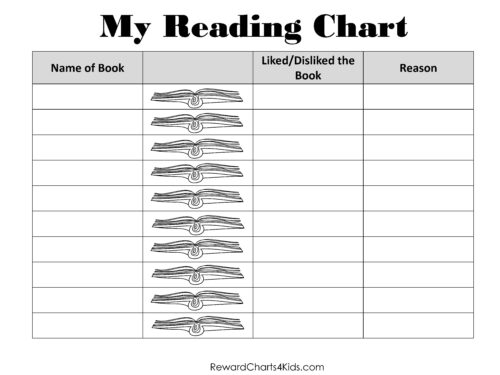
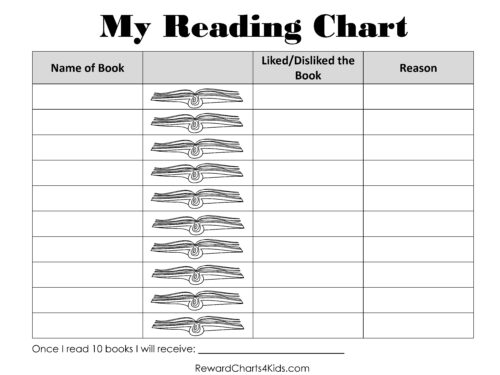
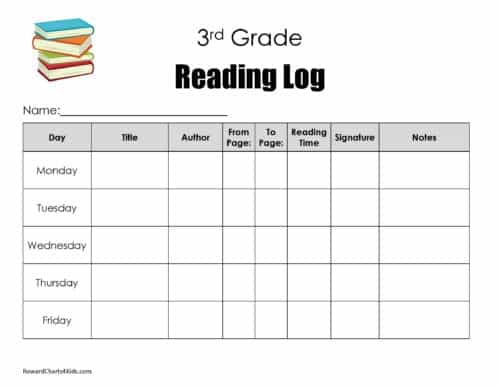
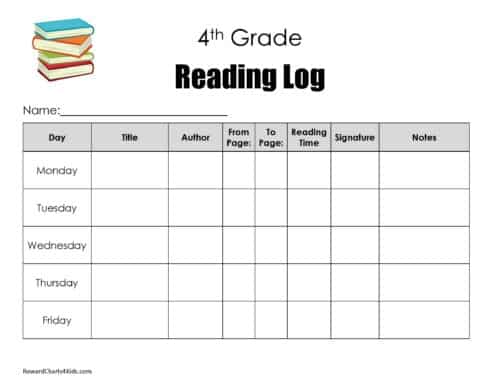
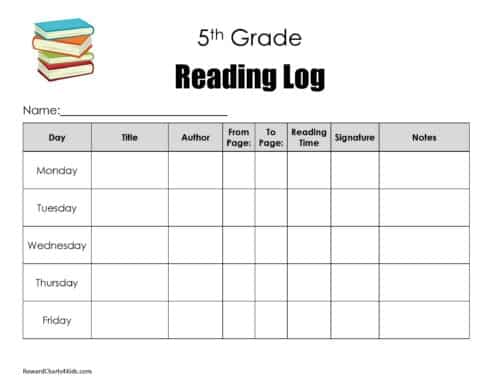
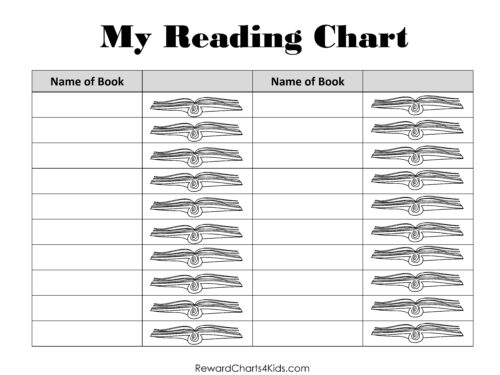
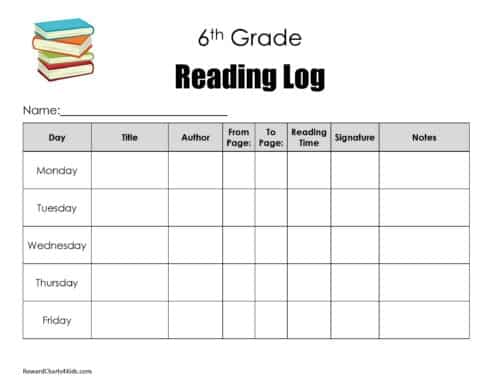
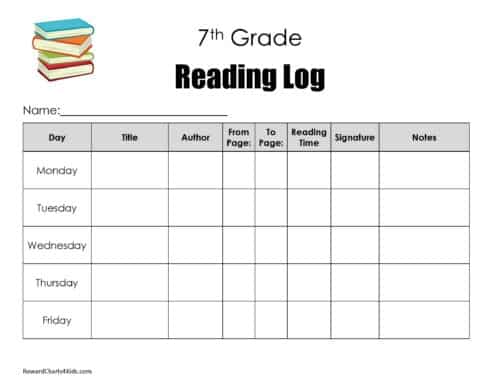
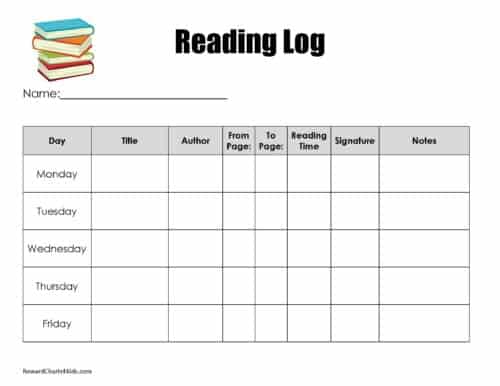
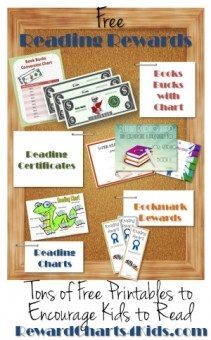
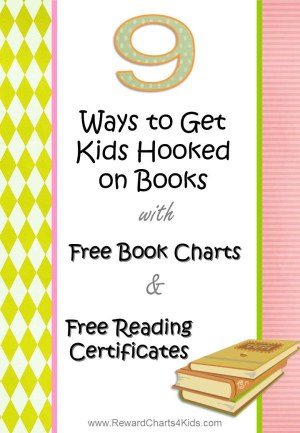
I love this website and going to used the charts with my daycare kids